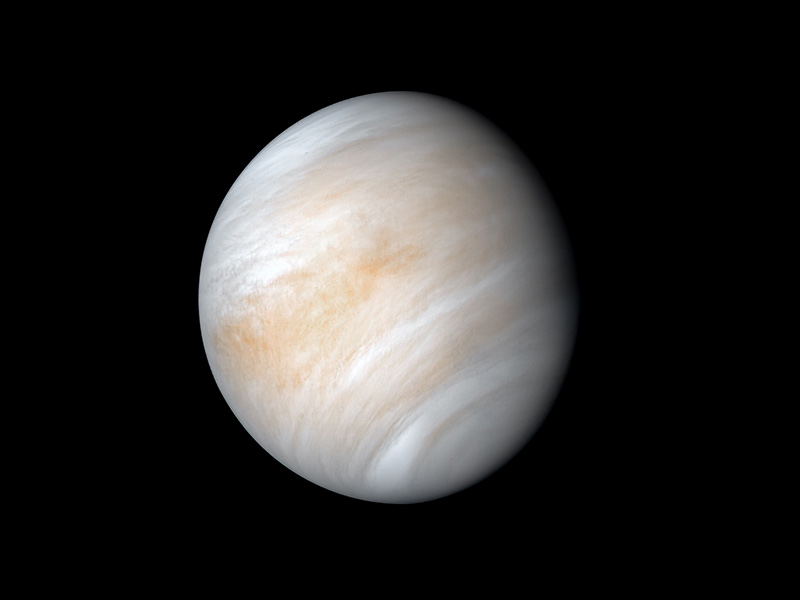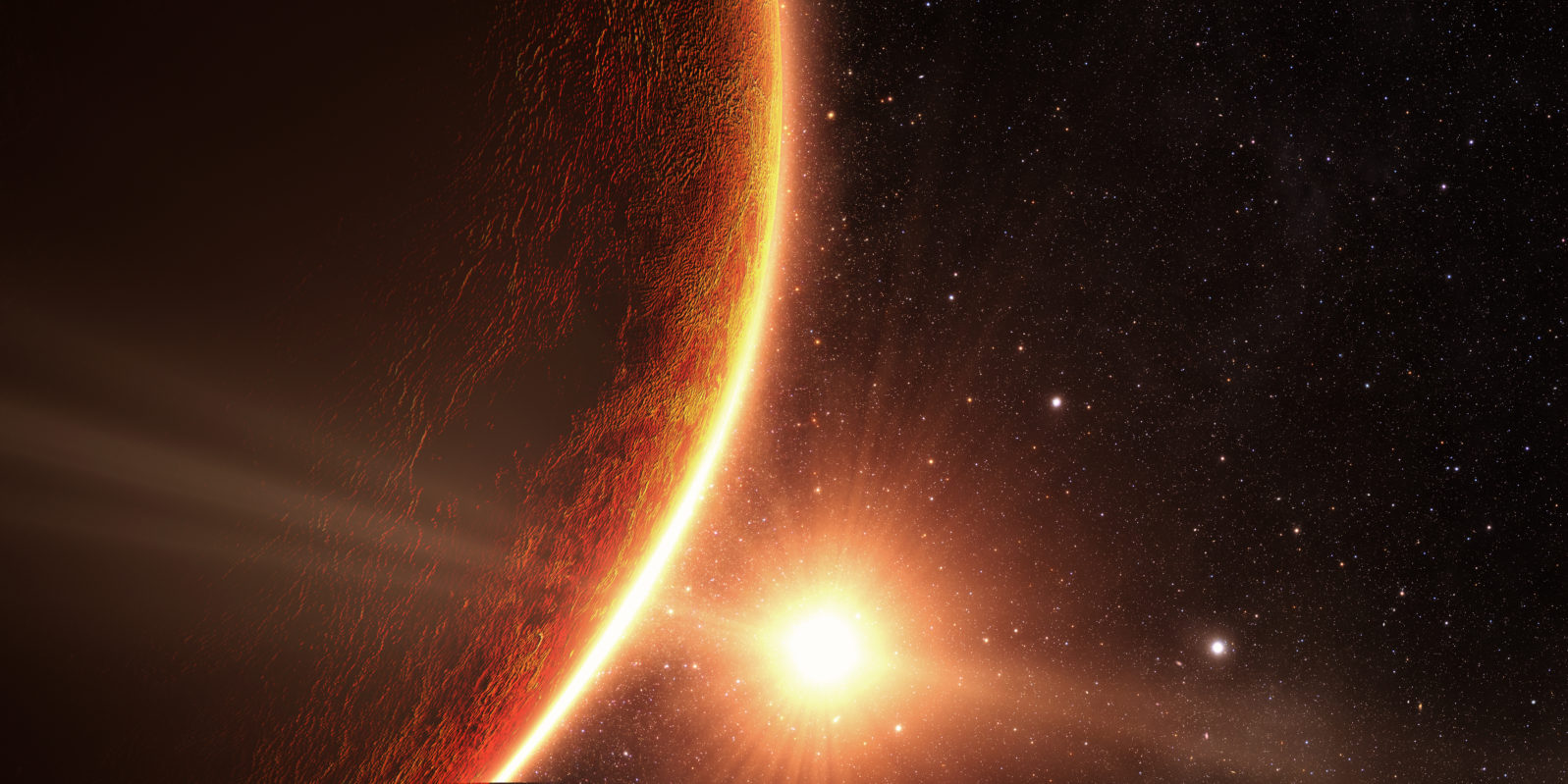Why Researchers Focus On Possible Life on Venus
Chemicals that we shouldn’t find unless they are produced by life forms are sparking interest in exploring Venus from both public and private sourcesAt one time, Venus was considered a likely candidate for hosting life. But its late- discovered carbon dioxide atmosphere turned out to be very discouraging so researchers focused on Mars.
However, research into microbes on Earth has now identified many extremophiles that live under daunting conditions so researchers don’t want to run the risk of making “rules” for life forms that sometimes seem as if they were made to be broken.
One possibility raised is that, given that life forms transform their environment over time, simple ones might be slowly shaping it over a long period of time:
A team of researchers has put forward a new theory suggesting possible life on the planet Venus could be making the environment more hospitable. Published in the journal Proceedings of the National Academy of Sciences, the team from Cardiff University in Wales, MIT in Cambridge, Mass., and Cambridge University in England say potential life may be creating its own habitable environment in the clouds of Venus through a “cascade of chemical reactions,” which in turn may also explain other “strange anomalies” that have puzzled scientists for decades. Among those puzzling questions has been the presence of ammonia, a gas that was “tentatively” detected in the 1970s, and which the team says by all accounts shouldn’t be produced through any chemical process known on Venus — the second planet from the sun after Mercury and before Earth.
Simply put, the group says: “Life could be making its own environment on Venus.”
Michael Lee, “Scientists suggest possible life on Venus may be creating its own livable environment” at CTV News (January 10, 2022) The paper is open access.
Why be so sure that ammonia means anything? Venus’s atmosphere is highly acidic and some life forms are known to produce it in order to neutralize acid. In any event, both public and private sources are organizing missions to Venus.
While the surface of Venus is hot enough to melt lead, the upper cloud layers may be hospitable enough to host microbial life. Scientists think atmospheric balloons may be the best tool to investigate. (Bloomberg, February 9, 2022)
ScienceAlert offers more details:
And interestingly, conditions on Venus are far less harsh at a height of about 50 km (30 miles) above the surface. In fact, the pressure at these higher altitudes eases so much that conditions become much more Earth-like, with breathable air and balmy temperatures.
If life (in the form of microbes) does exist on Venus, this is probably where it would be found.
Gail Iles, The Conversation, “Could NASA Really Find Life on Venus? Here’s The Most Likely Place to Look” at ScienceAlert (June 7, 2021)

In late 2020, we also learned that evidence of phosphine, a gas associated with living organisms, was found in a habitable region of the atmosphere of Venus:
Now, in a surprising twist, scientists at MIT, Cardiff University, and elsewhere have observed what may be signs of life in the clouds of our other, even closer planetary neighbor, Venus. While they have not found direct evidence of living organisms there, if their observation is indeed associated with life, it must be some sort of “aerial” life-form in Venus’ clouds — the only habitable portion of what is otherwise a scorched and inhospitable world. Their discovery and analysis is published today in the journal Nature Astronomy.
Jennifer Chu, “Astronomers may have found a signature of life on Venus” at MIT News (September 14, 2020)
Many were skeptical, including theoretical physicist Sabine Hossenfelder:
Phosphine is a molecule made of one phosphorus and three hydrogen atoms. On planets like Jupiter and Saturn, pressure and temperature are so high that phosphine can form by coincidental chemical reactions, and indeed phosphine has been observed in the atmosphere of these two planets. On planets like Venus, however, the pressure isn’t remotely large enough to produce phosphine this way.
And the only other known processes to create phosphine are biological.
Sabine Hossenfelder, “Whatever happened to life on Venus?” at BackRe(Action) (March 20, 2021)
However, Hossenfelder goes on to point out that phosphine is hardly Nature’s bounty. Produced only by microbes that live without oxygen (anaerobics), it is used on Earth to kill insects and rodents. But, that said, the microbes that produce it could live on Venus even if insects and rats couldn’t. She identifies a number of problems with the original finding but agrees that more work is needed. To judge from the suddenly renewed interest, that seems to be a general view.
And, who knows, life on Venus could turn out to be organisms that somehow survived an ejection from Earth during the early days of all the planets’ formation. As renowned chemist James Tour points out, origin of life is an extremely difficult problem. Once life actually does exist, however, extremophiles are showing that it’s unwise to make rules about where it could go or how it could continue to exist.
Note: Here is what life on Venus would be like for a human.
You may also wish to read:
Is this idea too crazy?: There was life on the early Moon? Not quite as crazy as some might think. The early solar system was very different from the current one. We won’t know for sure unless NASA’s Artemis project finds microfossils on the Moon. But it’s possible that, as with Mars, early life got started but died out.
